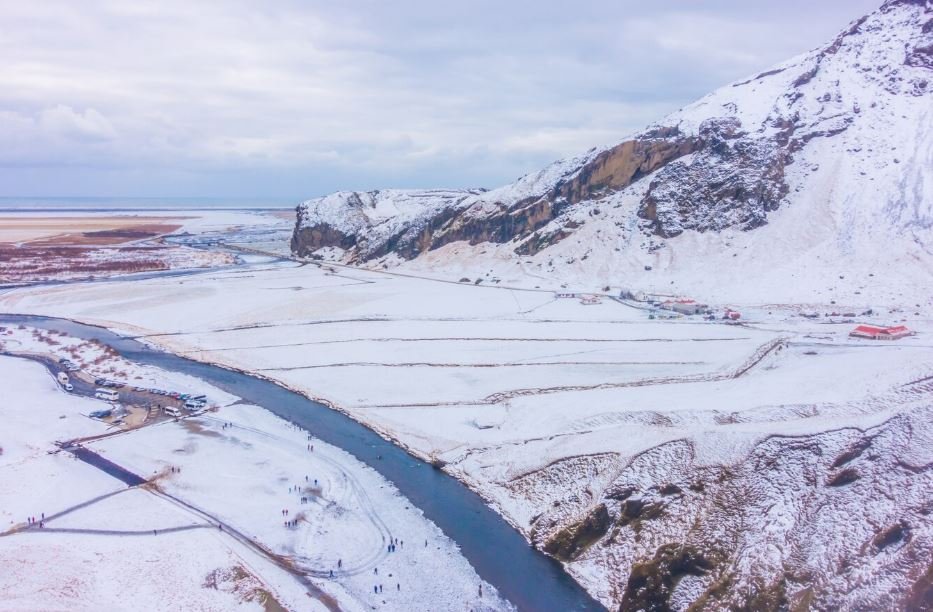
Experts were shocked to learn in 2022 that concentrations of cesium-137 in some areas of Fukushima Prefecture were still up to 122 times higher than those found in Belarus, a nation still dealing with the effects of Chernobyl decades later. Based on field data and peer-reviewed analysis, this comparison brought up important issues regarding long-term radioactive persistence, disaster response, and terrain behavior.
Researchers discovered that Fukushima’s distinct topography, which is characterized by steep hillsides and a rainy climate, made it especially vulnerable to radiocesium runoff by concentrating on the cesium deposits themselves. While Belarus benefited from lower precipitation and flatter terrain, radioactive sediment found its way into Fukushima’s rivers, especially during typhoon season. Radioactive particles spread much more quickly and widely as a result of these environmental variations.
Comparative Radiation Profile – Fukushima vs. Belarus (2022)
| Category | Fukushima Prefecture (2022) | Belarus (Chernobyl-Affected, 2022) |
|---|---|---|
| Cesium-137 Concentration | Up to 122 times higher | Comparatively lower |
| Terrain | Steep slopes, erosion-prone | Flat plains, slower runoff |
| Annual Rainfall | Approx. 1500 mm | Approx. 600 mm |
| Radioactive Particle Type | Insoluble CsMPs (microparticles) | Mostly soluble compounds |
| Resuspension Frequency | Persistent, especially in spring | Significantly reduced over decades |
| Soil Binding Capacity | Exceptionally strong (micaceous clays) | Moderate |
| Long-term Contamination Trend | Still active due to CsMPs | Gradually stabilized |
| Food Contamination Risk | Mushrooms, firewood, leafy greens | Largely mitigated |
| Public Health Focus | Thyroid monitoring, mental health | Long-term cancer monitoring |
| International Oversight | IAEA, WHO, UNSCEAR reports ongoing | Historical assessments completed |
Notably, the existence of insoluble cesium-bearing microparticles, or CsMPs, is what makes the situation at Fukushima especially complicated. The soluble isotopes released during Chernobyl behave differently from these glass-like particles that were created during the core meltdown. Although CsMPs adhere firmly to soil, they are remarkably susceptible to atmospheric resuspension, particularly in the arid spring months when winds stir up polluted dust. The environmental hazard timeline is greatly extended by their capacity to persist in surface soil and drift back into the atmosphere.
Numerous studies by 2022 had verified that these CsMPs were not only present but also frequently resuspended into the atmosphere, which rekindled public fear, especially among evacuees who were thinking about returning. One particularly creative study found single particles with substantial cesium loads, measuring just under two microns, in aerosol samples taken from an exclusion zone 25 kilometers from the plant. Long after the initial disaster, persistently high airborne cesium levels were explained by this discovery, which provided the first direct evidence of naturally resuspended CsMPs.
In contrast, resuspension risks were progressively decreased in Belarus after decades of sedimentation and focused decontamination. However, even well-meaning decontamination procedures, such as scraping topsoil, frequently only moved the issue rather than solving it in Fukushima. Instead of being safely sequestered, radiocesium is persistently recycled in this environment due to a combination of weather, topography, and particle chemistry.
These findings are very personal from the standpoint of public health. Thyroid cancer in children is still a major concern for locals, particularly parents, as it is eerily reminiscent of the post-Chernobyl era. The anxiety is still based on a tragic historical precedent, even though Japanese officials have stressed that increases in thyroid abnormalities might be related to more stringent screening rather than actual exposure. Three to five years after exposure, thyroid cancer rates in children increased in Belarus; comparable timelines in Japan led to the implementation of preventative screening programs throughout the region.
Despite concerns, it is crucial to emphasize that, according to the United Nations Scientific Committee on the Effects of Atomic Radiation (UNSCEAR), the majority of Fukushima still has low radiation-related cancer risks. More powerfully, psychological trauma lingers. Anxiety, depression, and post-traumatic stress disorder are common among evacuees, and they are frequently made worse by constant uncertainty. According to a 2022 follow-up survey, families were reluctant to return even after safety declarations due to unresolved emotional scars rather than official readings.
Economic patterns are still being impacted by the fallout on a societal level, especially in the tourism and agricultural industries. Even after extensive testing, there is ongoing suspicion about food from Fukushima. Firewood and mushrooms, both of which are known to accumulate cesium, have been subject to strict regulations. However, with international assistance, Belarus was able to restore limited agricultural activity, demonstrating how transparent and successful long-term remediation can progressively restore public confidence.
Japan has made an effort to boost local industries and offer residents psychological support through strategic alliances. Local governments implemented mental health services, radiation literacy workshops, and mobile health clinics with assistance from the IAEA and foreign organizations. Compared to the early years, when public skepticism was high and communication was fragmented, these efforts have significantly improved.
However, the glaring 122-fold disparity in cesium levels indicates a pressing need to modify nuclear disaster protocols to account for geography, climate, and long-term chemical behavior, in addition to geology. The radiological future of Fukushima is particularly difficult due to the presence of glassy, water-insoluble particles. The contamination cycles through seasons, forest layers, and soil-air interactions instead of diminishing over time.
This offers scientists a particularly novel case study on how radioactive fallout behaves in the environment. It emphasizes for policymakers that there is no one-size-fits-all model and that location-specific strategies are essential. Additionally, it serves as a daily reminder to Fukushima residents that resilience is about adapting, defending, and moving on rather than forgetting.
The general discourse surrounding nuclear safety is probably going to change in the upcoming years. Nuclear power is once again being promoted as countries move toward low-carbon energy due to climate change. But that discussion must include the lessons of Fukushima, particularly those enshrined in invisible particles floating silently through spring air.
